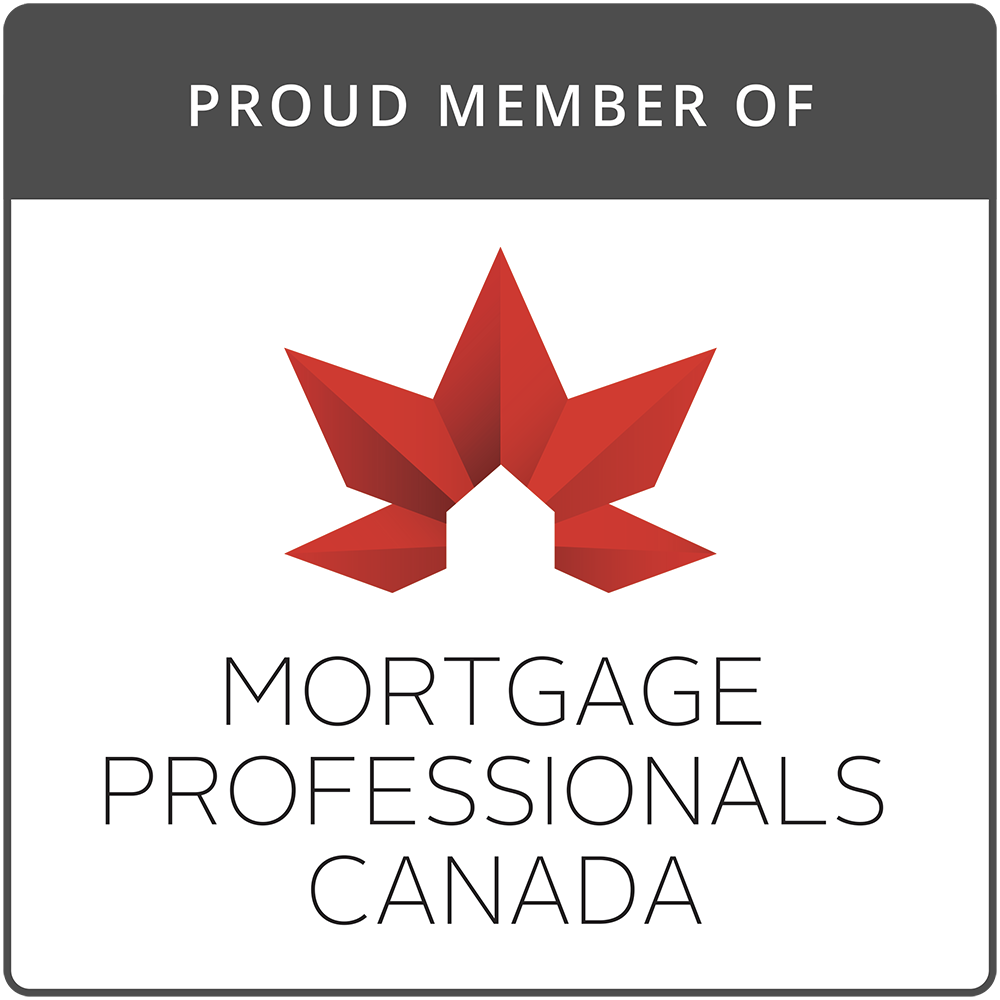
With the Bank of Canada in a rate-cutting cycle, many Canadians expect mortgage rates to continue to drop. This may be true for variable mortgage rates since they track changes in the Bank of Canada rate. However, fixed mortgage rates don’t directly follow the Bank of Canada’s overnight rate. Instead, they are tied to the bond market, which has shown mixed signals recently.

How the Amortization Period Impacts Your Mortgage The recent announcement from Ottawa allowing first-time homebuyers to secure an insured mortgage with a 30-year amortization period, up from the previous 25-year limit, has significant implications for borrowers. This change highlights the fact that different amortization periods are possible and that it is important for Canadian mortgage borrowers to understand how the amortization period affects the cost of their mortgage. While extending the amortization period can reduce monthly payments and provide a more affordable entry point into the housing market, it will increase the total cost of the mortgage over time. Let’s delve into the details and explore how borrowers can address this issue effectively. The Basics of Amortization Amortization refers to the length of time it would take to pay off your mortgage at the current mortgage rate. The amortization period assumes regular monthly mortgage payments. Each monthly mortgage payment covers both the interest on the loan and a portion of the principal amount. After every monthly payment, the remaining principal balance of your mortgage is reduced by the portion of the payment that goes toward principal. Over the amortization period the remaining principal balance will decline to zero. You will hear and read that the longer 30-year amortization period is good for mortgage borrowers. However, there is a trade-off in selecting the longer amortization period that borrowers need to be aware of. The benefit is that the longer the amortization period, the lower the monthly payments. Stretching out the repayment schedule results in a lower required payment per payment period. The longer amortization period can help borrowers qualify for a mortgage. A longer amortization may also provide some payment relief for existing borrowers struggling with a mortgage renewing at high rates. The trade-off to this short-term payment reduction is that the longer amortization results in a higher amount of interest paid over the life of the loan. In other words, the short-term relief from a longer amortization comes at a cost. Numerical Examples Let’s consider a mortgage of $400,000 with an interest rate of 4%. The chart below shows the difference in monthly mortgage payments for different amortization periods.

The Prime Rate has declined by 0.75% since June. That is great news for mortgage borrowers facing a renewal in the coming months. What’s better news is that the market is predicting that interest rates will decline further from here. While a mortgage booked at very low rates between 2019 and 2021 is facing renewal at higher rates today, these rate reductions are improving the environment for mortgage renewals going forward.

As the Canadian mortgage market continues to evolve, one of the most interesting topics today is the impact of declining mortgage rates on homeowners. With the Bank of Canada now cutting rates three times and expectations for further cuts, many Canadians are seeking guidance on how to manage their mortgages effectively. This blog post will explore the current landscape, the challenges homeowners face, and strategies to navigate this environment.

When looking for a mortgage in Canada everyone wants to get the best mortgage rate possible. Finding the most competitive and lowest mortgage rates can make a significant difference in how much house you can afford as well as your net happiness after making the home purchase. How does a newcomer to the market find the best mortgage rates? With a variety of lenders offering different mortgage products, it can be challenging to navigate the market. In this post, we'll explore the key players in the mortgage industry—banks, monoline lenders, credit unions, and mortgage brokers—and discuss why some can offer better mortgage rates than others. We'll also show you how to find the best mortgage rates, including using online services like Frank Mortgage. Key Players in the Mortgage Market 1. Banks Traditional banks, such as RBC, TD, Scotiabank, BMO and CIBC, are some of the most well-known mortgage lenders in Canada. Banks typically offer a range of mortgage products, including three-year fixed rates, five-year fixed rates, and five-year variable rates. While banks are convenient to find and generally trustworthy, they often do not offer the most competitive mortgage rates upfront. Plus, anyone who has used a big bank knows that their customer service levels often leave much to be desired. Why can’t the largest lenders in the market always offer the best mortgage rates: Banks rely on brand recognition and customer loyalty, which allows them to offer slightly higher rates, knowing that many customers may not shop around. Even customers that have been with a bank for many years may not see the best mortgage rate offer from their bank. However, if you're willing to negotiate or demonstrate that you've found a better mortgage rate elsewhere, banks may match or slightly lower their mortgage rate. This practice, while common, disrespects the customer as it requires them to do extra work to secure the best deal that should have been offered upfront. There are also some smaller banks in the market like People’s Bank that are competitive in prime quality mortgages. Not all lend in the prime mortgage space though, instead focusing on B-mortgages. 2. Monoline Lenders Monoline lenders, such as First National, MCAP, CMLS, Strive and Radius, are mortgage lenders that focus solely on mortgages. They don't offer other financial products like credit cards or chequing accounts, which allows them to operate with lower overhead costs. Why They Offer Better Mortgage Rates: Monoline lenders can often provide more competitive rates than banks because they specialize in mortgages and pass on their lower operating costs to consumers. They are also often more willing to offer their best mortgage rates upfront without requiring you to find a competitive offer and then haggle for a lower mortgage rate. 3. Credit Unions Credit unions are member-owned financial cooperatives that offer a variety of financial services, including mortgages. Some well-known credit unions in Canada include Vancity, Meridian, Servus, Duca and Coast Capital, but there are hundreds of them across the country. Why They May Offer Better Mortgage Rates: Credit unions usually operate in a specific geographic area and can be competitive with customers within their service area. The larger credit unions have better economies of scale and can often offer very competitive mortgage rates. Smaller credit unions may not have the best mortgage rates, but they often have greater flexibility to help special situations within the communities they serve. 4. Mortgage Brokers Mortgage brokers act as intermediaries between borrowers and lenders. They have access to a wide range of mortgage products from various lenders, including banks, monoline lenders, and credit unions. The best way to see what is available across the variety of lenders in the mortgage market is to work with a large and experienced mortgage broker that can show you the best mortgage rates offered by multiple lenders. Why They Offer the Best Rates: Mortgage brokers can shop the mortgage market for you, securing the best mortgage rates available from their network of lenders. Because they work with multiple lenders, they can often find rates that are lower than those you might get directly from a bank. Some mortgage brokers have national operations, and some are local. The large national mortgage brokers have access to a larger number of lenders and are often offering better mortgage rates. Comparing the Best Mortgage Rates To give you a better understanding of how these different players stack up, let's look at some insured mortgage rates offered on August 22, 2024, as an example. The table below shows the best rates in the market on that day for three-year and five-year insured fixed-rate mortgages and five-year variable-rate mortgages.







